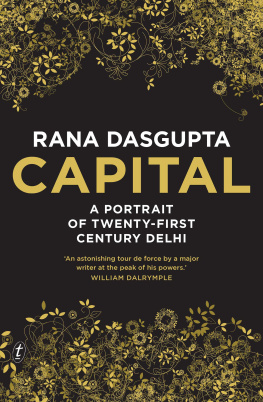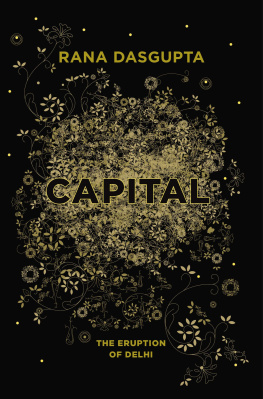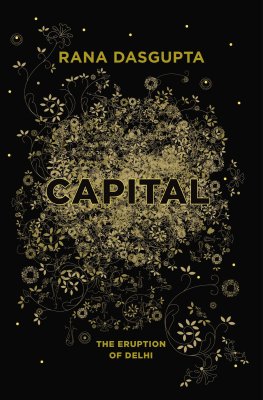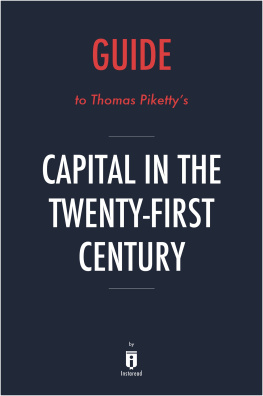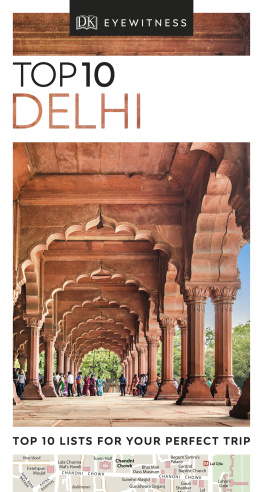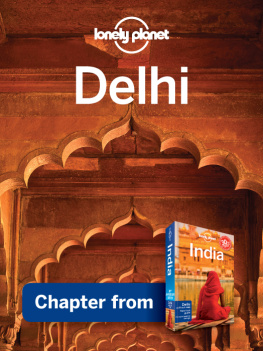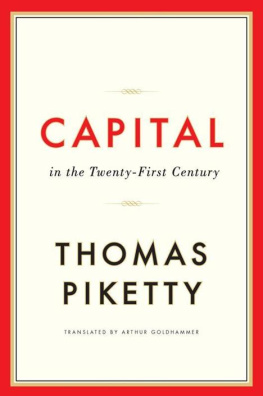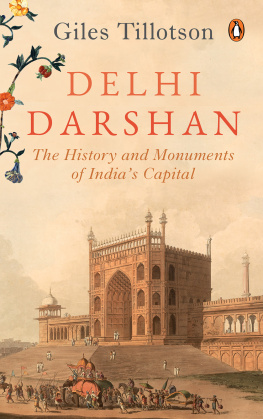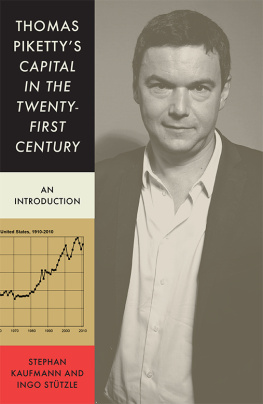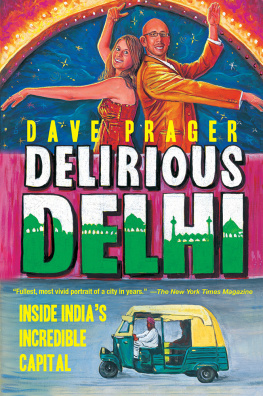Dasgupta - Capital: A Portrait of Twenty-First Century Delhi
Here you can read online Dasgupta - Capital: A Portrait of Twenty-First Century Delhi full text of the book (entire story) in english for free. Download pdf and epub, get meaning, cover and reviews about this ebook. publisher: The Text Publishing Company, genre: Detective and thriller. Description of the work, (preface) as well as reviews are available. Best literature library LitArk.com created for fans of good reading and offers a wide selection of genres:
Romance novel
Science fiction
Adventure
Detective
Science
History
Home and family
Prose
Art
Politics
Computer
Non-fiction
Religion
Business
Children
Humor
Choose a favorite category and find really read worthwhile books. Enjoy immersion in the world of imagination, feel the emotions of the characters or learn something new for yourself, make an fascinating discovery.
- Book:Capital: A Portrait of Twenty-First Century Delhi
- Author:
- Publisher:The Text Publishing Company
- Genre:
- Rating:5 / 5
- Favourites:Add to favourites
- Your mark:
- 100
- 1
- 2
- 3
- 4
- 5
Capital: A Portrait of Twenty-First Century Delhi: summary, description and annotation
We offer to read an annotation, description, summary or preface (depends on what the author of the book "Capital: A Portrait of Twenty-First Century Delhi" wrote himself). If you haven't found the necessary information about the book — write in the comments, we will try to find it.
Capital: A Portrait of Twenty-First Century Delhi — read online for free the complete book (whole text) full work
Below is the text of the book, divided by pages. System saving the place of the last page read, allows you to conveniently read the book "Capital: A Portrait of Twenty-First Century Delhi" online for free, without having to search again every time where you left off. Put a bookmark, and you can go to the page where you finished reading at any time.
Font size:
Interval:
Bookmark:
A beautifully written portrait of a corrupt, violent and traumatised city growing so fast it is almost unrecognisable to its own inhabitants. An astonishing tour de force by a major writer at the peak of his powers.
William Dalrymple on Capital
[Rana Dasgupta has] a gift for sentences of lancing power and beauty.
James Wood, New Yorker review of Solo
Solo isutterly unforgettable in its humanity.
Guardian
Brilliantly conceived and jauntily delivered.
San Francisco Chronicle review of Tokyo Cancelled
[Stories that] outdo the Arabian Nights for inventiveness One closes the book with head spinning.
Guardian review of Tokyo Cancelled
Rana Dasgupta won the 2010 Commonwealth Writers Prize for Best Book for his debut novel, Solo. He is also the author of a collection of urban folktales, Tokyo Cancelled, which was shortlisted for the 2005 John Llewellyn Rhys Prize. Capital is his first work of non-fiction. Born in England, he now lives in Delhi. ranadasgupta.com
RANA DASGUPTA
CAPITAL
A PORTRAIT
OF TWENTY-FIRST
CENTURY DELHI

textpublishing.com.au
The Text Publishing Company
Swann House
22 William Street
Melbourne Victoria 3000
Australia
Copyright Rana Dasgupta 2014
The moral right of Rana Dasgupta to be identified as the author of this work has been asserted.
All rights reserved. Without limiting the rights under copyright above, no part of this publication shall be reproduced, stored in or introduced into a retrieval system, or transmitted in any form or by any means (electronic, mechanical, photocopying, recording or otherwise), without the prior permission of both the copyright owner and the publisher of this book.
Published by arrangement with Canongate Books Ltd,
14 High Street, Edinburgh EH1 1TE
This edition published in 2014 by The Text Publishing Company
For acknowledgements
Maps copyright Jamie Whyte
Typeset in Bembo by Palimpsest Book Production Ltd, Falkirk
Cover design by Imogen Stubbs, based on a design by Canongate
Original cover artwork by Aditya Pande
National Library of Australia Cataloguing-in-Publication entry:
Author: Dasgupta, Rana, 1971 author.
Title: Capital : a portrait of twenty-first century Delhi / by Rana Dasgupta.
ISBN: 9781922079312 (paperback)
ISBN: 9781921961496 (ebook)
Subjects: New Delhi (India)21st century. New Delhi (India)Social life and customs. New Delhi (India)Description and travel.
Dewey Number: 915.456
for the unborn
Oh, Moon of Alabama
We now must say goodbye
Weve lost our good ol mama
And must have dollars, oh, you know why.
From The Rise & Fall of the City of Mahagonny (1930) by Kurt Weill and Bertolt Brecht

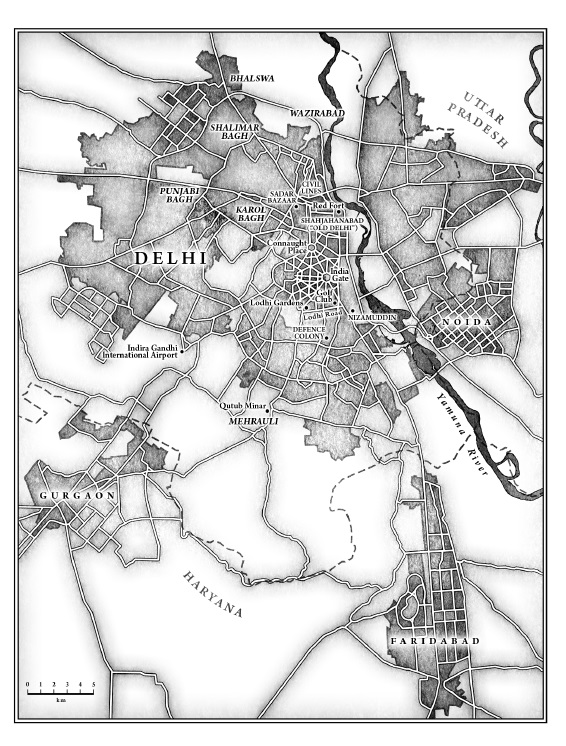
Note to the Reader
This book would not exist were it not for the generosity of several Delhi residents who agreed to discuss with me their lives, thoughts and experiences. These were often intimate discussions, which is why I have changed all names (except of public figures), and, in some cases, other identifying details. I request readers to respect the candour of these people who sometimes took personal risks to speak to me and not to attempt either to identify them or, where it is known, to reveal their identity.
In a place and a world where a persons intellectual power is judged so much on the basis of their facility with the English language, I have chosen to make all characters in this book speak the same, standard, English so that their widely differing relationships to this language do not themselves become the issue. In reality, English was the second or third language for many of these individuals, and they did not speak it in this standard way; others did not speak English at all, and our interviews were carried out in Hindi. (In these latter cases I had the assistance of an interpreter.)
In Indian parlance, large amounts of money are measured in lakhs and crores. A lakh is 100,000 rupees (Rs), or approximately US$2,000. A crore is 100 lakhs, or 10 million rupees: US$200,000. I have preserved these terms, which carry so much of the flavour of Indian financial discussion.
In certain places in the world, a bungalow is a modest, even derisory, single-storey dwelling. In their colonial possessions, the British used this word to apply to the self-contained houses they built for their administrators, which were often, contrastingly, generous and grand. This is the usage that persists in modern Delhi whose British-era centre is full of such houses and in this book.
Capital is about the members of that rising, moneyed section of the Indian urban population who see themselves as the primary agents and beneficiaries of globalisation. It has become common to refer to these people as the new Indian middle class, and I, too, employ this phrase. But while their lifestyle has come to bear some resemblance to that of the middle classes in Europe or America, the phrase sits uncomfortably with the Indian situation. At the time of writing, those Indians whose families earned more than Rs 500,000 [$10,000] per year represented less than 10 per cent of the population, which meant that middle-class accoutrements and ideas belonged, in the Indian context, to the elite. Since the Indian economy was being restructured around the spending power of this emerging class, and since this entailed conflicts over land and resources which often punished the much greater number of the countrys rural poor many of whom earned closer to $500 per year it is important to retain this sense that the interests of the Indian middle classes were not lowly or innocent. The phrase bourgeoisie, in fact, which I also sometimes use, more accurately described their condition. At the same time, however, many of those who thought of themselves as middle class did so because they identified with the hard-working, socially constructive overtones of the phrase, and because they wished to differentiate themselves from another, even smaller, elite far richer and more powerful than they: moguls from the political and business classes, many of whom they regarded as selfish, reckless and fundamentally destructive to society. This distinction is also significant, which is why I generally follow the conventional terminology of middle classes and elites even though the middle classes are not really in the middle at all.
Landscape
March is the prettiest month, bringing flawless blooms to the dour frangipanis which are placed artfully around the compound, in pleasing congruity with the posted security guards, who wave me on as I drive up to the house.
The day is done. Evening flowers have come into their own, and the air tides with scent. Ahead of me, under a velvet sky, the glass mansion glows like a giant yellow aquarium.
I park my car according to instructions, and walk out along the low-lit paths. At every corner a guard awaits, and directs me to the next. They pass me on, the guards, one to another, with walkie-talkie confirmations crackling back down the line. I arrive at the house.
The building is like two space stations, one glass and one stone, crossing over each other. One of them floats free of the earth, a shining bridge to nowhere, its underside glinting with landing beacons.
Next pageFont size:
Interval:
Bookmark:
Similar books «Capital: A Portrait of Twenty-First Century Delhi»
Look at similar books to Capital: A Portrait of Twenty-First Century Delhi. We have selected literature similar in name and meaning in the hope of providing readers with more options to find new, interesting, not yet read works.
Discussion, reviews of the book Capital: A Portrait of Twenty-First Century Delhi and just readers' own opinions. Leave your comments, write what you think about the work, its meaning or the main characters. Specify what exactly you liked and what you didn't like, and why you think so.

